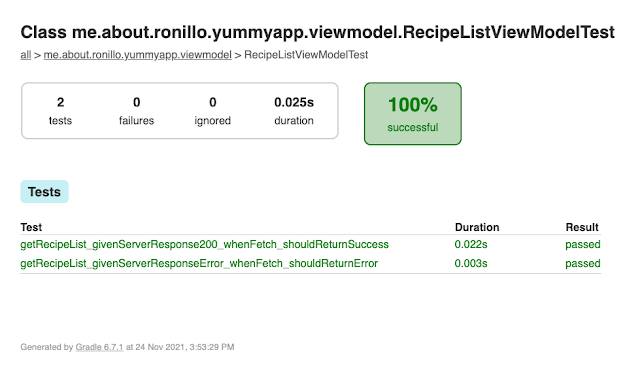Conquering macOS Upgrades: A Guide for iOS App Developers
Every new macOS update sparks a mix of excitement and trepidation for iOS developers. Sure, there are shiny new features and performance improvements, but lurking beneath the surface might be compatibility gremlins and unforeseen quirks. Fear not, brave coders! With this guide, you'll be navigating macOS upgrades like a seasoned pro, ensuring your apps continue to shine.
1. Xcode & the SDK Tango:
First things first: update Xcode. It's the maestro orchestrating your app's development symphony, and keeping it current ensures compatibility with the latest macOS magic. Head to the App Store's Updates tab and let the conductor take its rightful place.
Next, grab the newest iOS SDK. Think of it as the sheet music your app dances to. Open Xcode, navigate to Preferences > Locations, and check the "Command Line Tools" box before hitting "Download." Now, your app has the moves to impress on the latest stage.
2. Compatibility Checkup:
With Xcode and the SDK prepped, launch Xcode. It'll scan your existing projects for potential compatibility hiccups. Don't worry, Xcode will guide you through fixing any issues – think of it as a friendly dance instructor helping you refine your app's steps.
3. Applause, Applause: Testing Time!
Once those compatibility kinks are ironed out, it's showtime! Test your apps using the iOS Simulator or your trusty device. This is your chance to see if your app shines under the new macOS spotlight. If anything seems off, don't despair – that's what testing is for!
4. Pod-tastic Updates:
For CocoaPods aficionados, remember to update your gem with sudo gem update cocoapods. Then, check your Podfile for compatibility warnings and update the Podfile.lock with pod update. Finally, run pod install to ensure your pods are grooving to the latest beat.
If you encounter any errors about FFI please follow this link FFI Built or Load Error Fix
Bonus Round: Beyond the Basics
- Performance Pirouette: Run performance tests to ensure your app hasn't lost its pep under the new macOS. Tools like Instruments and XCTest can help you identify any sluggish moves.
- Accessibility Encore: Check your app's accessibility features are still waltzing smoothly. Xcode's Accessibility Inspector is your backstage pass to ensuring everyone enjoys the performance.
- Security Spotlight: Review any security changes in the new macOS and tighten your app's security belt accordingly. New encryption methods? Time to incorporate them for a truly secure performance!
- Community Cue: Stay in the loop with the iOS development community! Blogs, tutorials, and online events can reveal hidden gems and potential pitfalls in the new macOS.
Remember, macOS upgrades are opportunities for your app to evolve and impress. By following these steps and staying engaged with the community, you'll ensure your iOS creations continue to captivate audiences on every new macOS stage. So, update with confidence, developers, and let your apps take center stage!
I hope this blog post helps you navigate your next macOS upgrade with ease. Feel free to share your own tips and experiences in the comments below! Let's keep the iOS development community dancing in perfect harmony!

Comments
Post a Comment